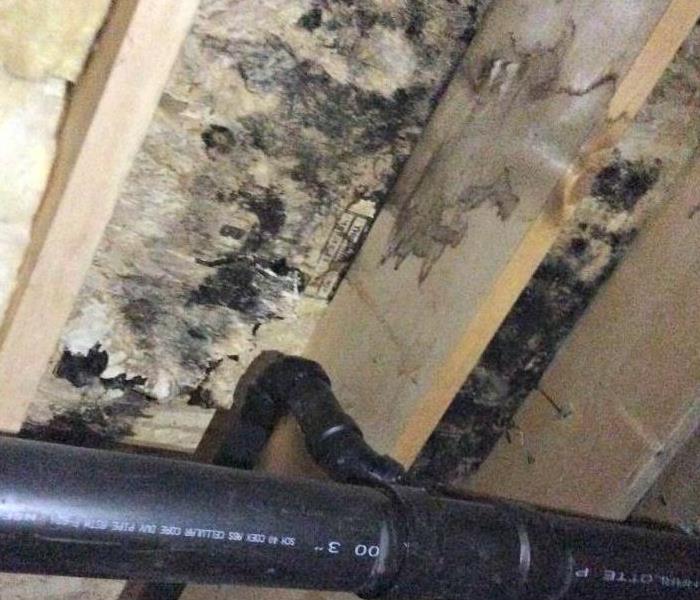IAQ Series - Part Three - Strategies For Improving Indoor Air Quality
4/17/2017 (Permalink)
This is Part Three of our ongoing series exploring Indoor Air Quality.
Ventilation
Most Western MA home heating and cooling systems, do not mechanically bring fresh air into the house. Opening windows and doors, operating window or attic fans, when the weather permits, or running a window air conditioner with the vent control open increases the outdoor ventilation rate.
Find and Eliminate The Source
Usually the most effective way to improve indoor air quality is to eliminate individual sources of pollution. Here are a few examples:
Biological Contaminants
Biological contaminants include bacteria, molds, mildew, viruses, animal dander and cat saliva, house dust mites, cockroaches, and pollen. There are many sources of these pollutants. Pollens originate from plants; viruses are transmitted by people and animals; bacteria are carried by people, animals, and soil and plant debris; and household pets are sources of saliva and animal dander. The protein in urine from rats and mice is a potent allergen. When it dries, it can become airborne. Contaminated central air handling systems can become breeding grounds for mold, mildew, and other sources of biological contaminants and can then distribute these contaminants through the home.
By controlling the relative humidity level in a home, the growth of some sources of biologicals can be minimized. A relative humidity of 30-50 percent is generally recommended for homes. Standing water, water-damaged materials, or wet surfaces also serve as a breeding ground for molds, mildews, bacteria, and insects. House dust mites, the source of one of the most powerful biological allergens, grow in damp, warm environments.
Install and use exhaust fans that are vented to the outdoors in kitchens and bathrooms and vent clothes dryers outdoors.
These actions can eliminate much of the moisture that builds up from everyday activities.
Ventilate the attic and crawl spaces to prevent moisture build-up.
Keeping humidity levels in these areas below 50 percent can prevent water condensation on building materials.
Thoroughly clean and dry water-damaged carpets and building materials (within 24 hours if possible) or consider removal and replacement.
Water-damaged carpets and building materials can harbor mold and bacteria. It is very difficult to completely rid such materials of biological contaminants. SERVPRO of Hampshire County has both the equipment and expertise to assess and mitigate water damage situations.
Some content sourced from the Consumer Product Safety Commission.
Whether you live in Amherst, Chicopee, Easthampton, Holyoke, Ludlow, Northampton or anywhere in Western MA, SERVPRO of Hampshire County is an expert in mold remediation, deodorization, water damage, air duct cleaning and carpet cleaning. Call us at 413-589-8975 today if you have an indoor air quality concern. We're Here To Help!
In Part Four, the final installment in our Indoor Air Quality (IAQ) series, we explore how to determine IAQ in Western MA offices.






 24/7 Emergency Service
24/7 Emergency Service
